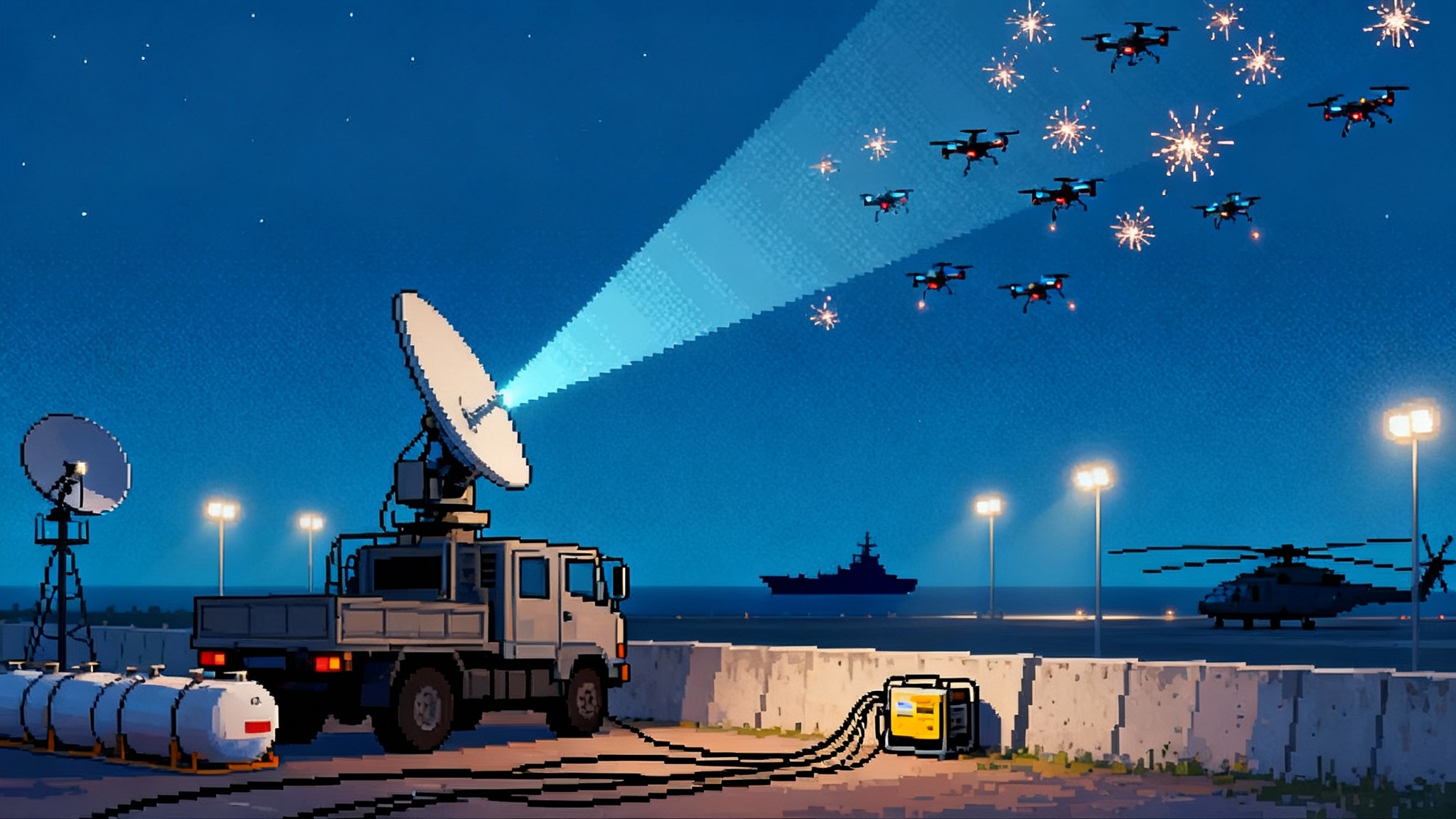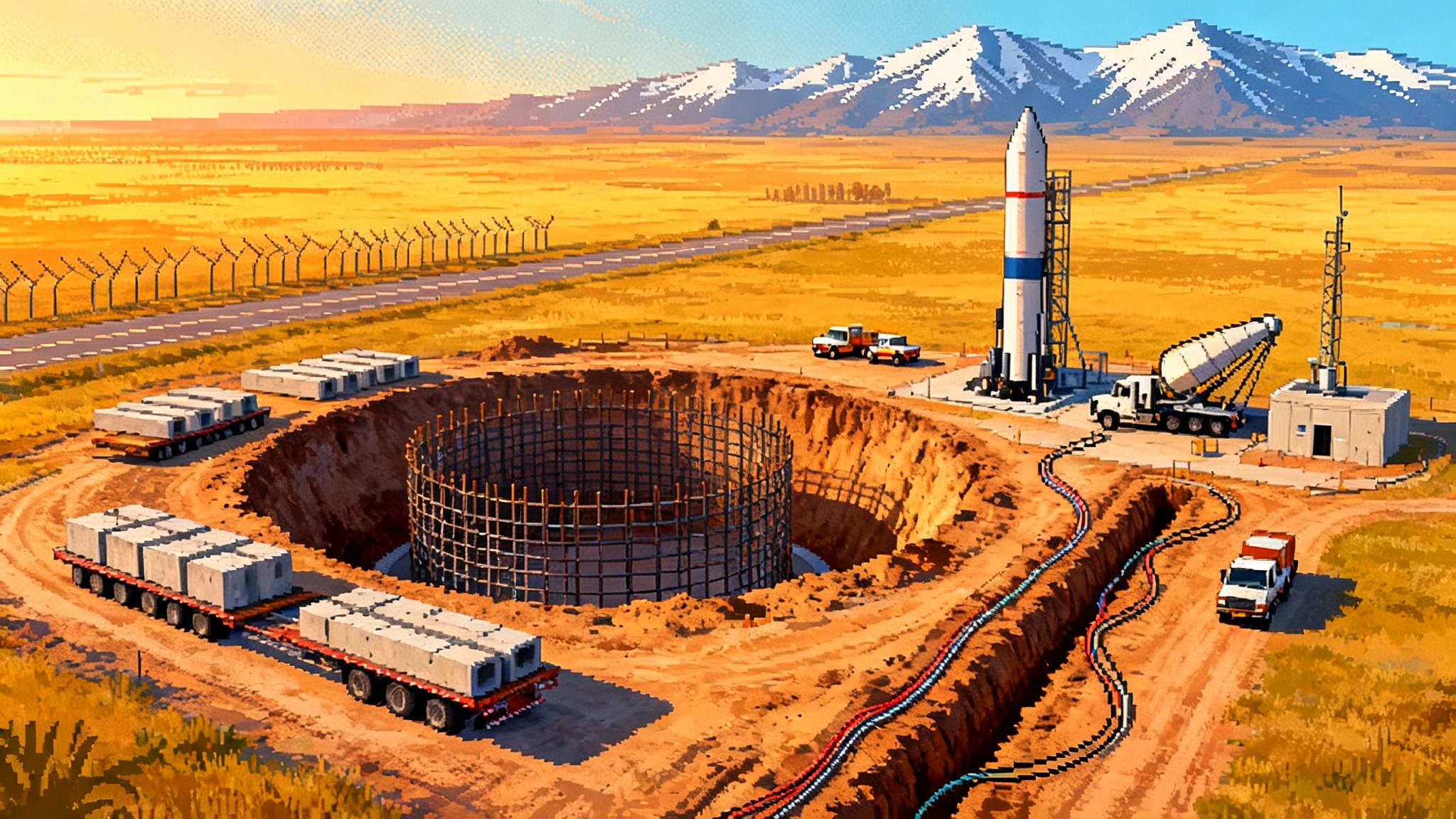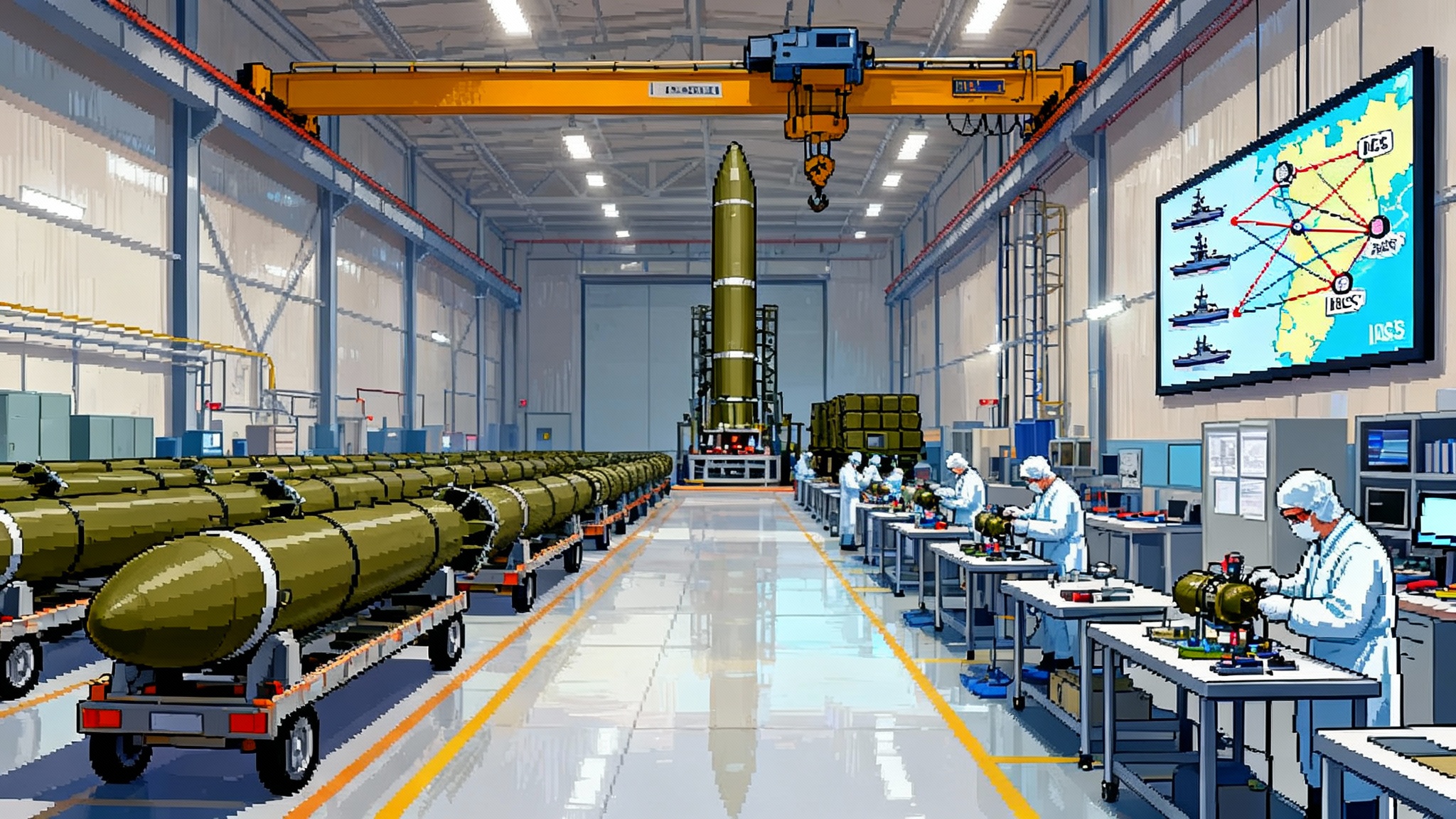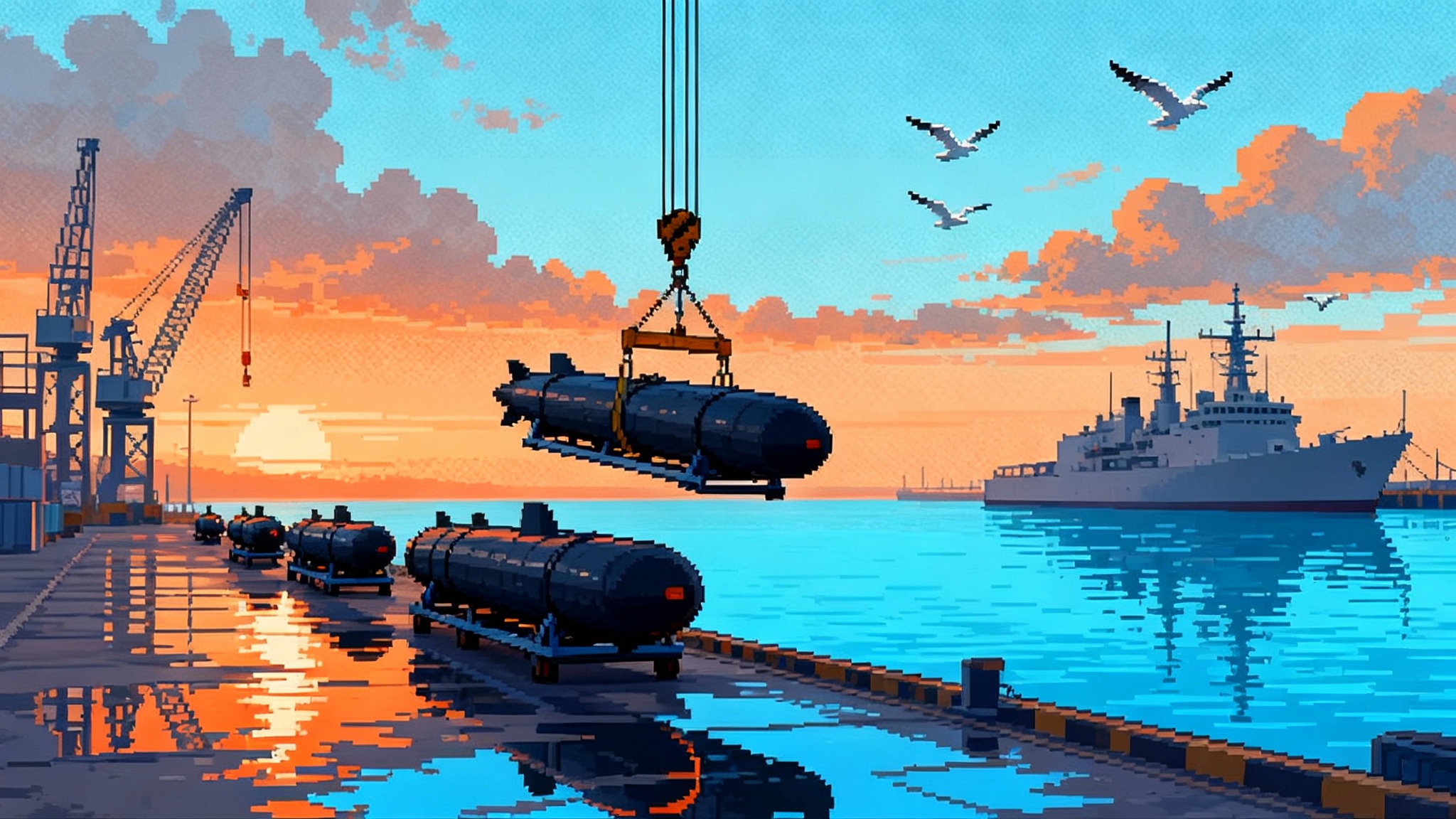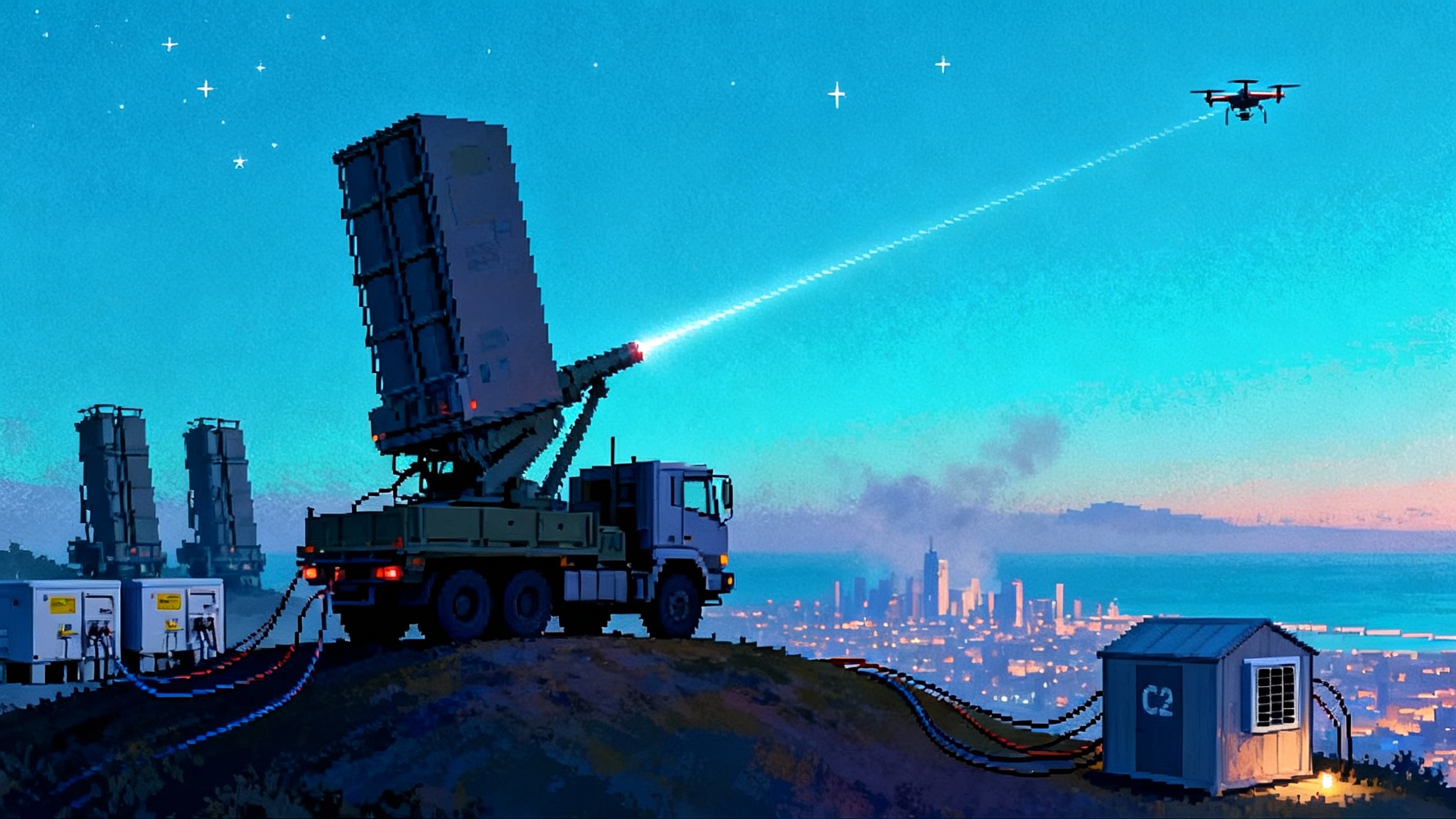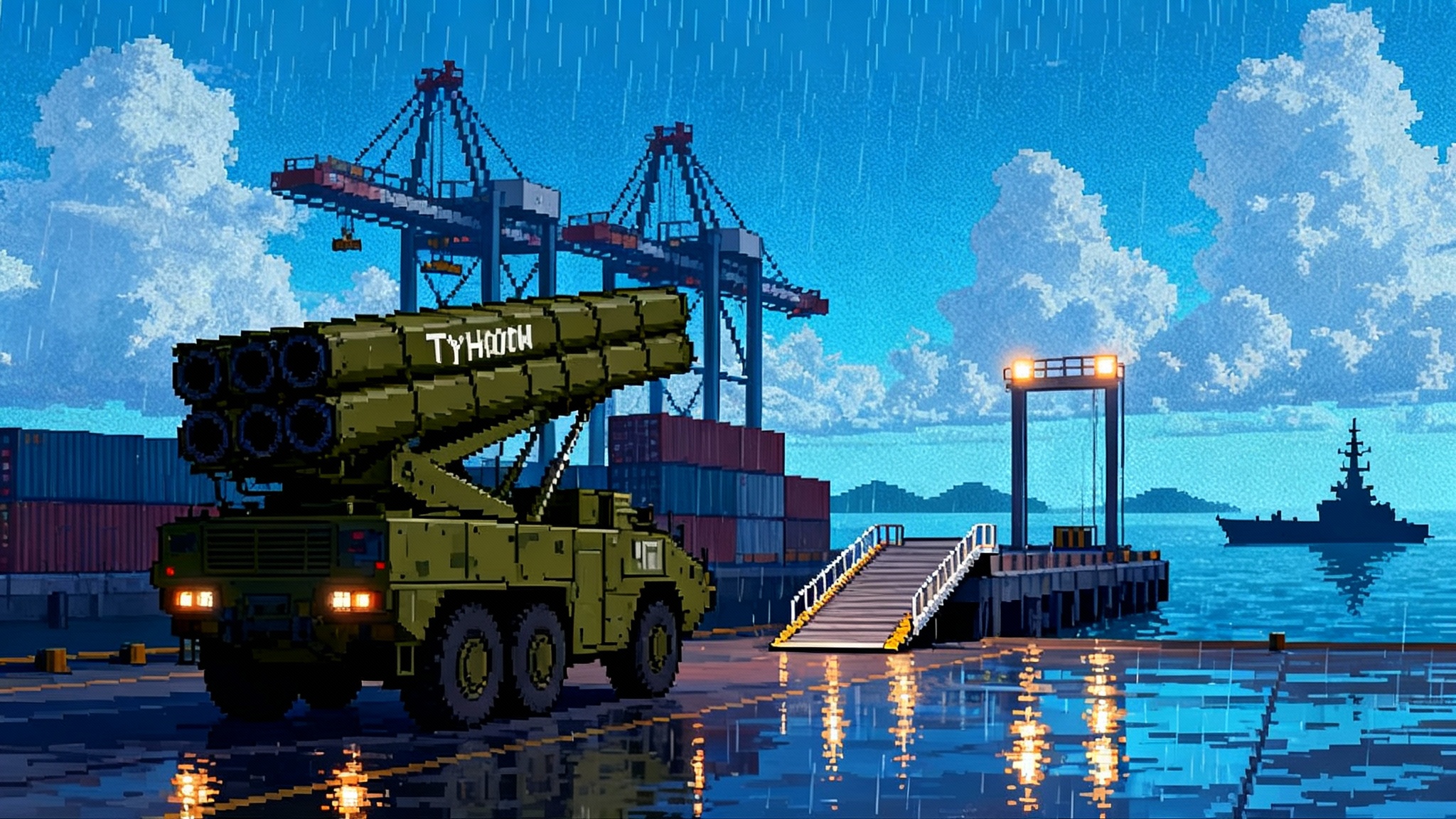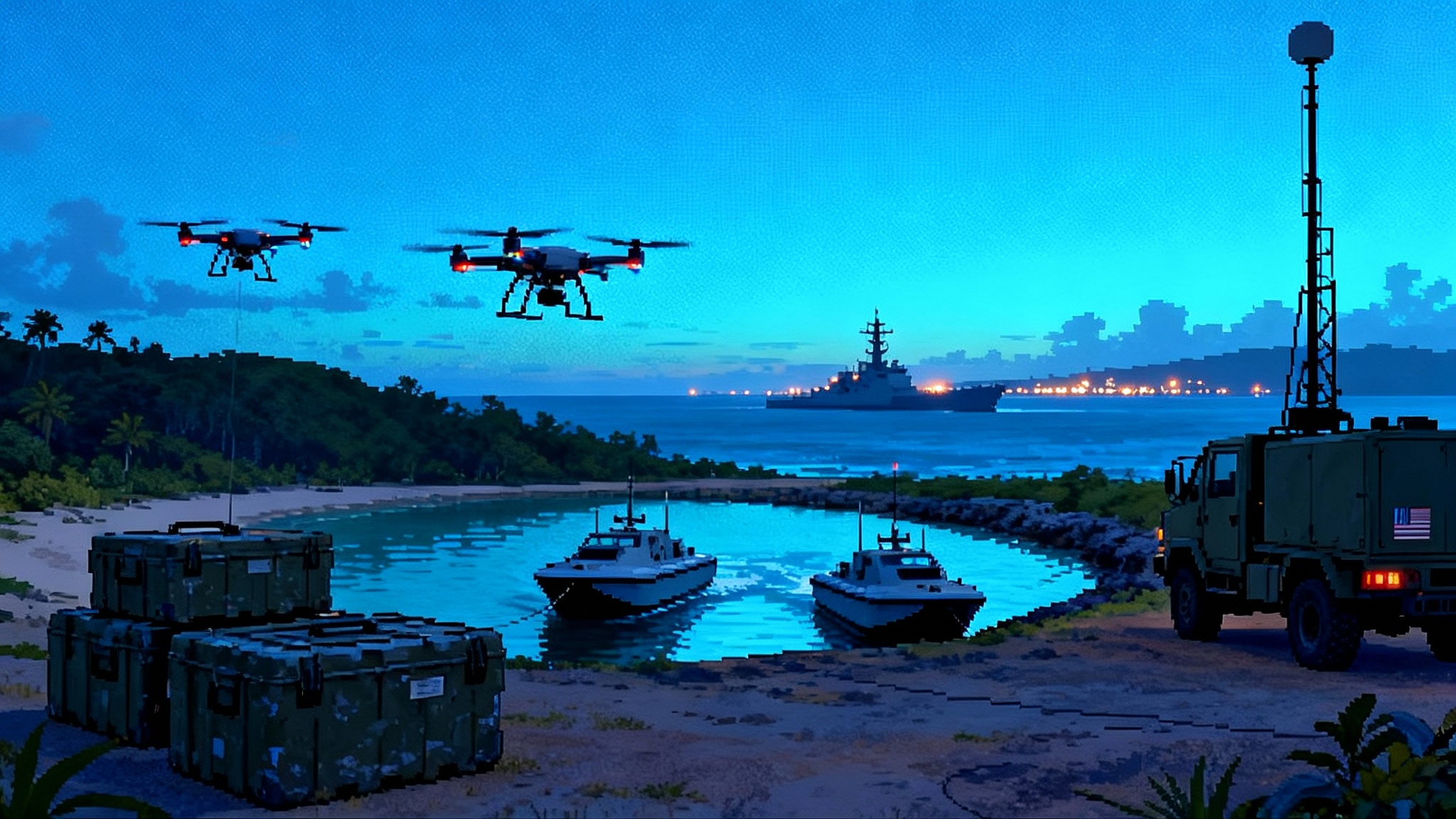Microreactors Break Out at Eielson as Pele Advances
In 2025 the Air Force moves toward an Oklo pilot at Eielson and DoD’s Project Pele heads into assembly and testing at Idaho National Laboratory, setting a practical path for resilient power at the edge.
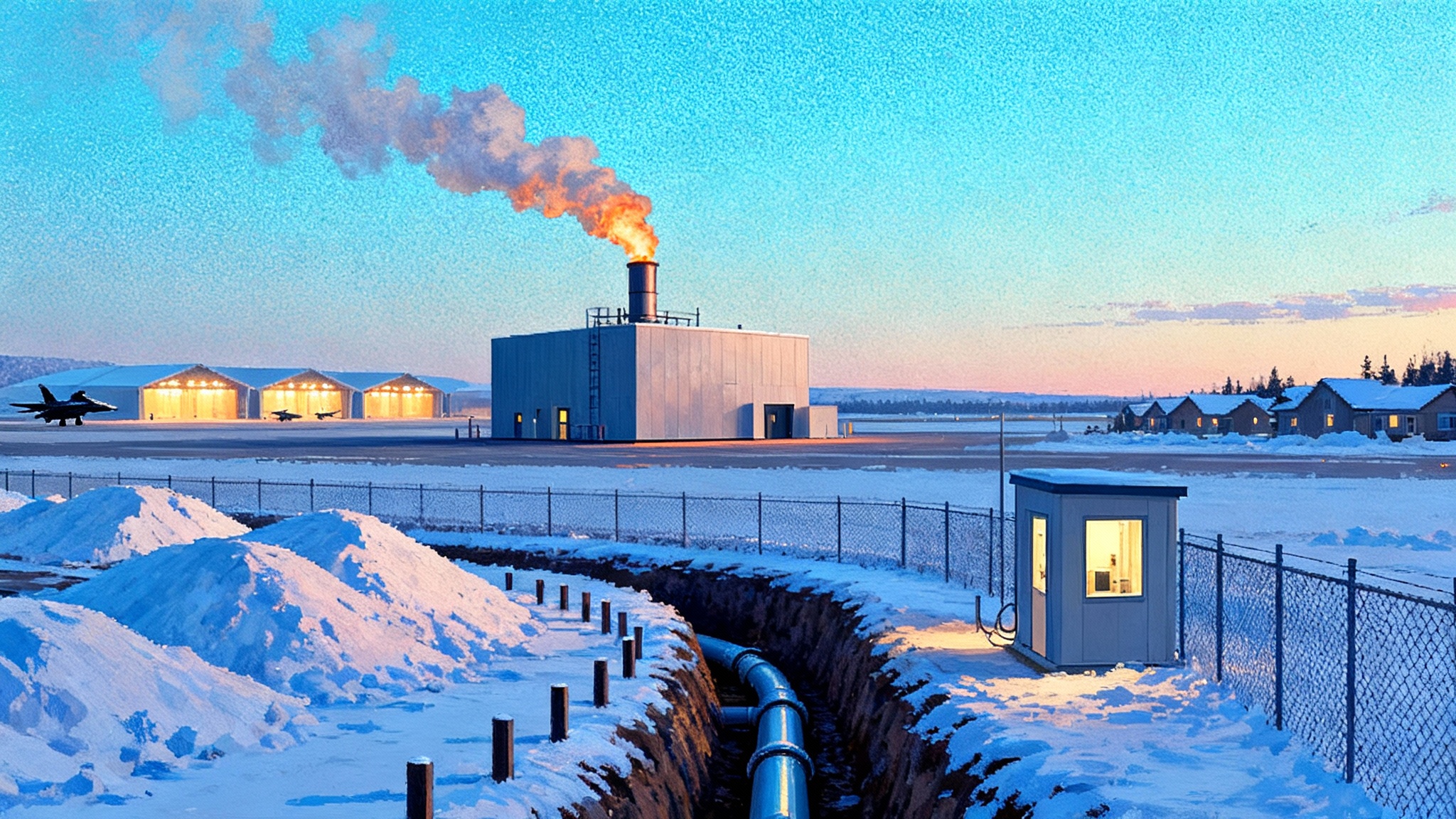
Breaking: The Pentagon's microreactor moment
The Department of the Air Force has crossed from concept to contracting. In June 2025, Air Force leaders issued an Air Force notice of intent to award Oklo a first-of-kind pilot at Eielson Air Force Base in Alaska, a project designed to deliver resilient on-site power in one of the harshest environments where the United States operates. The move caps years of technical groundwork and signals a practical shift in how the military plans to power Arctic basing, high-draw mission systems, and data-heavy operations.
At nearly the same time, the Department of Defense Strategic Capabilities Office has been moving a different kind of nuclear option toward reality. Project Pele, a transportable microreactor intended to ride to a forward site on standard shipping containers, is transitioning from components to a prototype that will be assembled and tested at Idaho National Laboratory beginning in 2026. The Department has described the goal in simple terms: generate reliable electricity wherever the mission needs it. A recent DoD release lays out the DoD Project Pele testing schedule, from assembly to shipment and site testing at Idaho National Laboratory.
If 2020 to 2024 was the briefing era, 2025 is the build and buy year. Two paths are now visible. Eielson is a fixed, commercial-style deployment owned and operated by a vendor under a long-term power purchase agreement. Pele is a government-sponsored prototype aimed at mobility and speed of setup. Together they sketch a practical playbook for resilient military power in cold, contested, or remote locations.
Why now: missions that need more power, all the time
Mission demand is driving the timeline. The Arctic is not just cold; it is energy hungry. Bases like Eielson heat large volumes of space for hangars and housing, run radar, fuel operations, and keep high-tempo aircraft ready through long, dark winters. Diesel has been the default. It is noisy, supply-chain intensive, and vulnerable to weather and interdiction.
Add the new loads. Edge compute clusters for autonomy and intelligence, surveillance, and reconnaissance analytics are moving closer to the sensor. High-power radars and communications nodes need continuous, clean electricity. Electric ground fleets, unmanned aerial vehicle charging, directed energy testing, and future electromagnetic launch or recovery systems are pushing beyond the comfortable margins of today's generators and fragile grid interties. For directed energy specifically, see how lasers rewrite air defense math. When commanders put those loads on a single chart, the curve climbs steeply and stays there.
A microreactor is not a giant power plant. It is a compact heat engine with fuel that lasts years and a footprint measured in a few standard containers or small buildings. Think of it as a hardened battery that happens to be refilled on the order of presidential terms, not pay periods. That profile aligns with the two military needs that never go out of style: assured power and fewer resupply convoys.
Two tracks, one goal: Eielson and Project Pele
The Eielson pilot is structured to look and feel like a commercial project. A private developer designs, builds, owns, and operates the reactor and sells energy to the base under a long-term contract. The Air Force has said the unit would deliver electricity and useful heat to critical infrastructure, with a target in the single digit megawatt range, and with the Nuclear Regulatory Commission providing oversight and licensure. The program is deliberately conservative on siting and operations: one location, one base, one license, then replicate.
Project Pele is engineered for a different fight. It is designed to be moved on short notice, reassembled quickly, and provide roughly one to two megawatts of electrical power for several years without refueling. The entire system is built to fit inside four 20-foot containers. This is a logistics story as much as an engineering one. If a commander can ship it, secure it, and connect it, a forward location can gain a stable, grid-independent power source faster than it could ever build transmission or pipe fuel across hundreds of miles of snow, tundra, or desert.
The two approaches are complementary. The Eielson model aims to harden permanent installations against blackouts, cyber incidents, or fuel shortages. Pele aims to give expeditionary commanders a dependable alternative to long generator farms and a fuel train that never seems to end. Both are about mission assurance. In parallel, the space-based transport layer is maturing as the LEO battle network arrives, increasing demand for always-on edge compute and gateway power at austere sites.
Fuel reality check: what HALEU is and why it matters
Both tracks converge on the same fuel conversation. Many advanced microreactors use high-assay low-enriched uranium, often called HALEU. It is uranium enriched to just under 20 percent uranium-235, higher than the fuel in the current reactor fleet and lower than weapons-grade material. HALEU enables compact cores and long refueling intervals, which is exactly what a small reactor in a remote environment needs.
Where it comes from is the practical question. Domestic production exists but is still scaling. The current pathway runs through a handful of facilities that can enrich, deconvert, and fabricate HALEU into the forms these reactors need, including TRISO fuel particles that encase uranium kernels in layers of ceramic and carbon that perform like tiny, robust pressure vessels. For the next few years, availability is likely to be tight. That does not stop first deployments, but it does force early contracting and smart logistics plans.
For commanders and program managers, this is not an abstract policy issue. It is as concrete as a fuel delivery timeline. If a base wants to run a microreactor in the late 2020s, the fuel has to be ordered, enriched, and fabricated on a schedule that is synchronized with construction and licensing. It also needs secure transport to a northern base, which means winter roads, railheads, or specialized containers by sea if ice conditions allow. The action is simple to state and hard to execute: lock in fuel plans early, tie them to real dates, and update them quarterly as the supply chain matures.
Licensing and the rulebook: what has changed and what has not
Licensing is the other hard gate. The Air Force pilot will operate under a commercial license from the Nuclear Regulatory Commission, which means the project must clear the same core safety and environmental steps as any civilian reactor. The difference is not in the rules, but in how a small reactor with a different fuel and safety case makes its way through them.
Oklo's first attempt at a combined license application was rejected in 2022, without prejudice. Since then the company has engaged with the regulator through a pre-application process, topical reports, and readiness assessments aimed at submitting a new application with fewer gaps and clearer safety bases. That is exactly how a first-of-kind technology should proceed: define the design, document the hazards, specify the mitigations, and then iterate with the regulator until the application is ready for a full review.
The broader regulatory landscape is also shifting. New legislation and Commission initiatives are pushing for more predictable, risk-informed reviews. That does not mean easier. It means earlier clarity on what evidence is needed, what can be standardized across deployments, and which site-specific issues must be analyzed in depth. For a cold-weather base, that list includes seismic stability on permafrost, thermal plume management for combined heat and power, emergency planning zones that match a tiny core and robust fuel, and cybersecurity for a plant that will be tightly integrated with a base microgrid. The practical takeaway is to fund licensing engineering and environmental work early. Delays in paperwork, not pouring concrete, are what slip schedules.
Security on an active base: design for layers and distance
No base commander wants a sensitive facility too close to aircraft or munitions. Microreactor siting is a geometry problem that trades distance for risk reduction. A practical template looks like this:
- A standoff buffer on the order of hundreds of meters from flightline operations, with terrain and berms that block line-of-sight from public roads.
- A hardened, crash-rated perimeter with continuous detection, video analytics, and limited, badge-controlled access points tied to base security forces.
- A reactor building that is inherently robust. Advanced fuels like TRISO and compact cores simplify the job by keeping fission products inside the fuel itself even at very high temperatures. Add a strong enclosure and passive decay heat removal, and the plant behaves more like an armored thermal battery than a traditional boiling system.
- Remote operations with local override. Control rooms can be designed for minimal staffing, with remote monitoring tied to a secure operations center on base, plus an independent backup that can run the plant through safe shutdown if the primary network is compromised.
- Clear separation of safety systems from non-safety microgrid controls, with one-way data diodes where needed. The security architecture should treat the microreactor as a distinct zone in the base cyber model, segmented and monitored.
None of this is exotic for a modern installation. It is a checklist. The trick is to plan security and microgrid integration together from day one so that guards, operators, and maintainers have a single, coherent concept of operations.
What success looks like by 2028
Put the timelines on a single page and the picture sharpens. In 2025, the Air Force moved to enter a contract negotiation for the Eielson pilot and began environmental and licensing prep. In 2026, Project Pele's assembled prototype is slated to arrive at Idaho National Laboratory for testing on a secure site. By the late 2020s, a plausible outcome is one commercial microreactor operating on a permanent base and one transportable reactor completing a government demonstration with full power runs and grid-interaction tests.
That sequence unlocks options. Permanent Arctic and sub-Arctic bases gain a playbook for replacing a portion of diesel with a steady, clean source that runs across winter blackouts. Expeditionary units gain a template for moving a power plant by road or air and tying it into a containerized microgrid. The Navy and Marine Corps can examine shore power and forward logistics cases. Space Force sites with large radar arrays and data processing needs can plan for combined heat and power that stabilizes their microgrids. The Department can also begin to standardize training pipelines, maintenance contracts, and spare parts networks that make second and third deployments cheaper and faster. For autonomy at scale, tie power planning to the Replicator reset and AI mass.
How to use the power: electricity, heat, and process loads
The most undervalued feature of small reactors is the heat. Eielson does not just need electrons; it needs hot water and steam. A microreactor's thermal output can be piped to district heating loops for hangars and housing, cutting diesel consumption where it is most stubborn. That same heat can drive absorption chillers for summer cooling without adding big electric loads. For mission systems, stable power lets microgrids carry sensitive electronics without the voltage sags and spikes that generators struggle to avoid.
Process loads matter too. Bases are experimenting with on-site hydrogen production for flightline equipment and potentially for aircraft ground operations. A microreactor can feed electrolyzers with constant power, avoiding the efficiency losses that intermittent sources impose. Water treatment, desalination for remote sites, and rapid charging of ground fleets all benefit from steady supply. The key is to size the plant to the base's critical load, then add storage to handle hour-to-hour swings while keeping the reactor at an efficient set point.
The decision matrix: what to do now
For leaders charged with installation energy or mission assurance, this is the practical to-do list for the next 12 months:
- Map critical loads with precision. Identify the minimum electrical and thermal loads that must be served through a 72-hour islanded event in winter conditions. Separate nice-to-have from must-run.
- Pre-wire the microgrid. Invest in switchgear, protection relays, and controls that can accept a firm, dispatchable source. Specify standards for how the microreactor will connect, and test those settings with a digital twin.
- Start the fuel timeline. Engage with the vendor on HALEU supply, from enrichment through fuel form and delivery. Insist on dated milestones and contingencies.
- Run the security tabletop. Include base defense, plant operations, cyber teams, and local first responders. Decide how notification, cordon, and response will work for events that are far more likely to be false alarms than real incidents.
- Build the public record. An Environmental Assessment or Environmental Impact Statement is more than paperwork. It is the narrative the base will use with the community, employees, and families. Publish the data, explain the safety case, and put credible experts in front of questions early.
- Define go and no-go points. Set decision gates for contract award, license acceptance for review, fuel commitments, and construction start. Tie each to budget triggers so surprises do not stall the program.
What could still go wrong
Three friction points could slow or derail progress if they are not managed with discipline.
- Fuel bottlenecks. If domestic HALEU production slips, the solution is not optimism. It is to pre-commit deliveries, explore government fuel banking options, and sequence deployments so that one success does not consume the material budget for the next.
- Licensing delays. The cure is early completeness. Submittals need clear safety logic, testable acceptance criteria, and conservative design margins that match the small scale of the plant. The fastest path is often the least clever one.
- Construction in cold places. Winter civil work on permafrost is unforgiving. Schedule foundations and buried piping for the right seasons, and use proven techniques like thermosyphons to stabilize soils. If the timetable slides past the weather window, do not force it.
The bottom line
The military has been talking about microreactors for a decade. In 2025, it started building and buying them. One track is a fixed, licensed plant at an Arctic base that has to work for decades with local stakeholders and a commercial regulator. The other is a mobile generator in a box that can ride with the mission and switch on wherever it lands. Both are rooted in the same logic: missions are getting power-hungry, the grid is not always there, and diesel is a brittle solution.
The opportunity is to treat power like any other critical capability. Plan it, procure it, integrate it, secure it. Then measure it by the missions it unlocks. If the programs at Eielson and Idaho National Laboratory hit their gates over the next three years, commanders will have a new tool that changes how they base, operate, and compute at the edge. That is not a slogan. It is a concrete shift in the way the United States projects power in hard places, and it is happening on a timeline measured in fiscal years, not fantasy.
